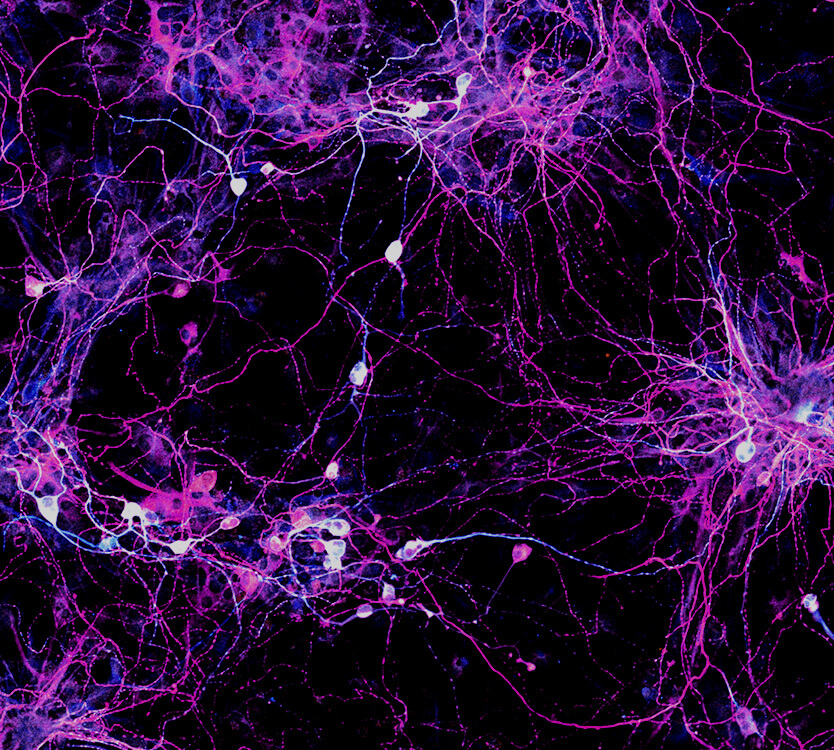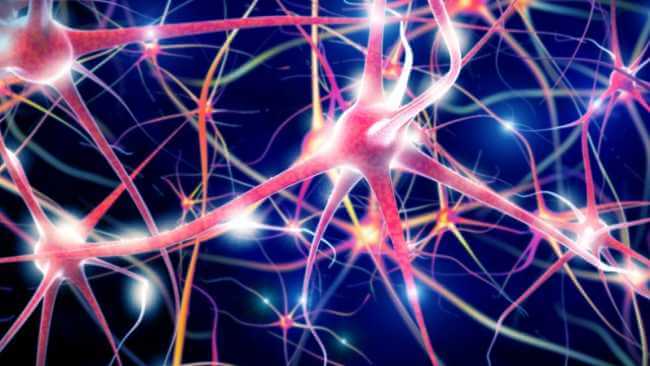
The information from multiple types of interaction networks can be combined to synthesize a molecular-pathway level understanding of various cellular processes. These pathways are the building blocks of whole cell models, and are essential to understanding the cellular biology underlying neuropsychiatric disorders.
The information from multiple types of interaction networks can be combined to synthesize a molecular-pathway level understanding of various cellular processes. These pathways are the building blocks of whole cell models, and are essential to understanding the cellular biology underlying neuropsychiatric disorders.
Illuminating the key molecular pathways is a fruitful avenue for refining and expanding our genetic understanding of neuropsychiatric disorders – a process essential for advancing precision medicine in the field of psychiatry. By understanding the different pathophysiologies associated with different genetic profiles, we can move toward more targeted development and application of therapeutics.

Comprehensive physical and genetic interaction networks are essential data for gaining an understanding of the molecular pathophysiology underlying complex neuropsychiatric disorders. Using the ever-growing list of disorder-associated genes as a guide, we are systematically mapping large sets of molecular interactions in order to identify the key networks at the root of these disorders.
Comprehensive physical and genetic interaction networks are essential data for gaining an understanding of the molecular pathophysiology underlying complex neuropsychiatric disorders. Using the ever-growing list of disorder-associated genes as a guide, we are systematically mapping large sets of molecular interactions in order to identify the key networks at the root of these disorders.